 Wall Street brokerages expect Phillips 66 Partners (NYSE:PSXP) to announce $341.48 million in sales for the current quarter, according to Zacks. Four analysts have issued estimates for Phillips 66 Partners’ earnings, with the lowest sales estimate coming in at $316.34 million and the highest estimate coming in at $365.87 million. Phillips 66 Partners posted sales of $234.00 million during the same quarter last year, which suggests a positive year over year growth rate of 45.9%. The firm is scheduled to announce its next earnings results on Tuesday, August 7th.
Wall Street brokerages expect Phillips 66 Partners (NYSE:PSXP) to announce $341.48 million in sales for the current quarter, according to Zacks. Four analysts have issued estimates for Phillips 66 Partners’ earnings, with the lowest sales estimate coming in at $316.34 million and the highest estimate coming in at $365.87 million. Phillips 66 Partners posted sales of $234.00 million during the same quarter last year, which suggests a positive year over year growth rate of 45.9%. The firm is scheduled to announce its next earnings results on Tuesday, August 7th.
On average, analysts expect that Phillips 66 Partners will report full year sales of $1.34 billion for the current financial year, with estimates ranging from $1.07 billion to $1.49 billion. For the next year, analysts expect that the firm will report sales of $1.59 billion per share, with estimates ranging from $1.41 billion to $1.77 billion. Zacks’ sales averages are an average based on a survey of sell-side research analysts that cover Phillips 66 Partners.
Get Phillips 66 Partners alerts:
Phillips 66 Partners (NYSE:PSXP) last released its quarterly earnings results on Friday, April 27th. The oil and gas company reported $0.87 EPS for the quarter, topping the consensus estimate of $0.83 by $0.04. The firm had revenue of $355.00 million for the quarter, compared to analyst estimates of $326.28 million. Phillips 66 Partners had a return on equity of 33.24% and a net margin of 46.01%. During the same period in the previous year, the company posted $0.60 EPS.
Several equities research analysts have issued reports on PSXP shares. Barclays dropped their price objective on Phillips 66 Partners from $56.00 to $53.00 and set an “equal weight” rating on the stock in a report on Tuesday, April 17th. Zacks Investment Research downgraded Phillips 66 Partners from a “hold” rating to a “sell” rating in a report on Thursday, January 25th. Citigroup dropped their price objective on Phillips 66 Partners from $60.00 to $56.50 and set a “buy” rating on the stock in a report on Tuesday, March 27th. Scotiabank restated a “buy” rating and set a $60.00 price objective on shares of Phillips 66 Partners in a report on Monday, January 29th. Finally, Stifel Nicolaus dropped their price objective on Phillips 66 Partners from $62.00 to $57.00 and set a “buy” rating on the stock in a report on Monday, April 30th. One equities research analyst has rated the stock with a sell rating, seven have assigned a hold rating and eight have given a buy rating to the company’s stock. Phillips 66 Partners presently has an average rating of “Hold” and an average price target of $56.58.
Several hedge funds and other institutional investors have recently modified their holdings of PSXP. Starfire Investment Advisers Inc. bought a new stake in shares of Phillips 66 Partners in the 4th quarter valued at approximately $1,384,000. Bank of Montreal Can increased its holdings in shares of Phillips 66 Partners by 97.7% in the 4th quarter. Bank of Montreal Can now owns 85,000 shares of the oil and gas company’s stock valued at $4,450,000 after acquiring an additional 42,000 shares during the last quarter. Duff & Phelps Investment Management Co. increased its holdings in shares of Phillips 66 Partners by 65.1% in the 4th quarter. Duff & Phelps Investment Management Co. now owns 524,019 shares of the oil and gas company’s stock valued at $27,432,000 after acquiring an additional 206,700 shares during the last quarter. Center Coast Capital Advisors LP increased its holdings in shares of Phillips 66 Partners by 16.9% in the 4th quarter. Center Coast Capital Advisors LP now owns 1,570,473 shares of the oil and gas company’s stock valued at $82,214,000 after acquiring an additional 226,624 shares during the last quarter. Finally, Alps Advisors Inc. increased its holdings in shares of Phillips 66 Partners by 2.4% in the 4th quarter. Alps Advisors Inc. now owns 3,868,700 shares of the oil and gas company’s stock valued at $202,526,000 after acquiring an additional 89,611 shares during the last quarter. Institutional investors and hedge funds own 41.39% of the company’s stock.
Phillips 66 Partners stock traded down $0.37 during midday trading on Friday, hitting $50.23. 210,708 shares of the company were exchanged, compared to its average volume of 244,609. The firm has a market capitalization of $6.16 billion, a PE ratio of 19.39, a price-to-earnings-growth ratio of 1.61 and a beta of 1.40. The company has a debt-to-equity ratio of 1.96, a quick ratio of 1.45 and a current ratio of 1.52. Phillips 66 Partners has a fifty-two week low of $44.40 and a fifty-two week high of $56.48.
The company also recently declared a quarterly dividend, which was paid on Monday, May 14th. Stockholders of record on Monday, April 30th were issued a $0.714 dividend. This represents a $2.86 dividend on an annualized basis and a dividend yield of 5.69%. This is an increase from Phillips 66 Partners’s previous quarterly dividend of $0.68. The ex-dividend date of this dividend was Friday, April 27th. Phillips 66 Partners’s payout ratio is 110.42%.
Phillips 66 Partners Company Profile
Phillips 66 Partners LP owns, operates, develops, and acquires crude oil, refined petroleum products, and natural gas liquids pipelines, terminals, and other transportation and midstream assets. The company operates pipeline assets in Lake Charles, Sweeny, Wood River, Borger/Ponca City, Billings, and Borger; terminal, rail rack, and storage assets in Louisiana, Texas, Illinois, Missouri, Kansas, Oklahoma, New Jersey, Washington, Wyoming, and Montana; marine assets in Lake Charles and Wood River; and natural gas liquids assets in Texas and Louisiana.
Get a free copy of the Zacks research report on Phillips 66 Partners (PSXP)
For more information about research offerings from Zacks Investment Research, visit Zacks.com
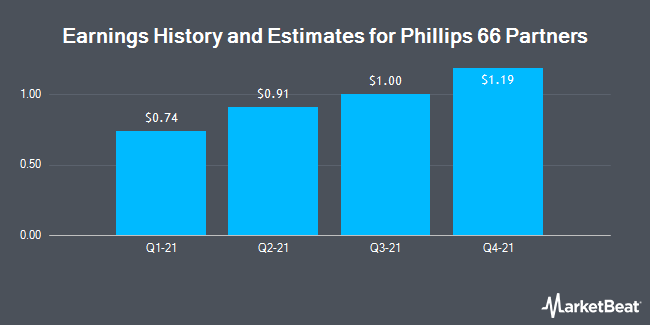

 Wall Street analysts expect Fluor Co. (NYSE:FLR) to report earnings per share of $0.69 for the current fiscal quarter, Zacks Investment Research reports. Four analysts have provided estimates for Fluor’s earnings. The highest EPS estimate is $0.71 and the lowest is $0.67. Fluor posted earnings of $0.72 per share in the same quarter last year, which would suggest a negative year over year growth rate of 4.2%. The business is scheduled to announce its next earnings report on Thursday, August 2nd.
Wall Street analysts expect Fluor Co. (NYSE:FLR) to report earnings per share of $0.69 for the current fiscal quarter, Zacks Investment Research reports. Four analysts have provided estimates for Fluor’s earnings. The highest EPS estimate is $0.71 and the lowest is $0.67. Fluor posted earnings of $0.72 per share in the same quarter last year, which would suggest a negative year over year growth rate of 4.2%. The business is scheduled to announce its next earnings report on Thursday, August 2nd.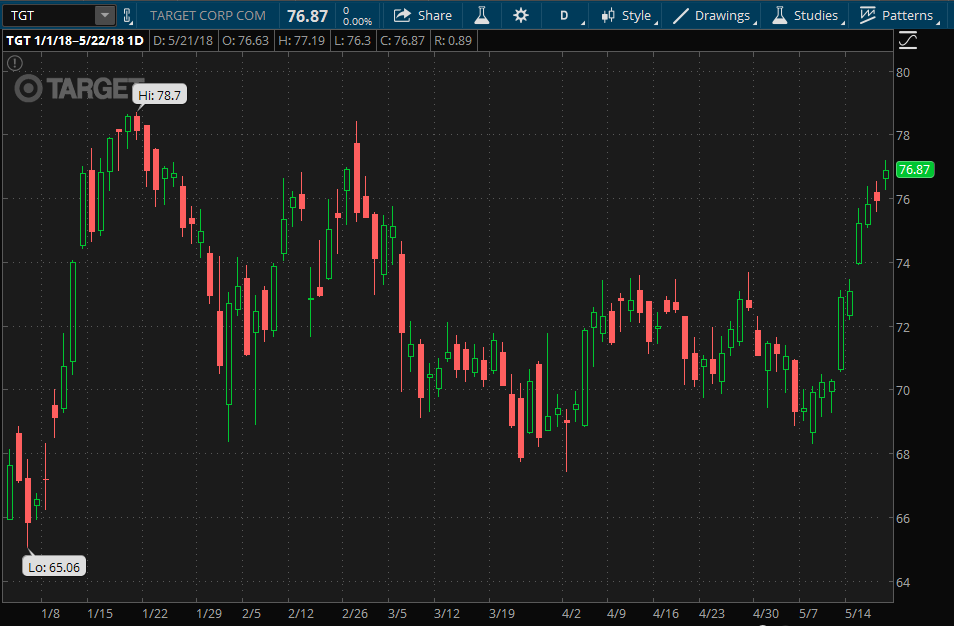
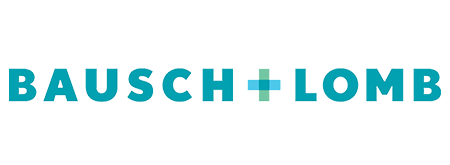
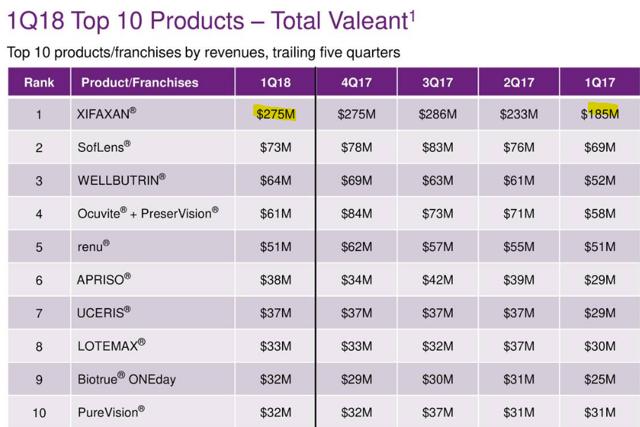
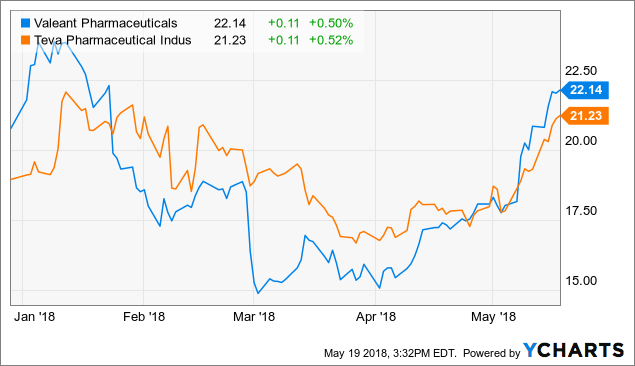 VRX data by YCharts
VRX data by YCharts
 Wall Street brokerages expect Phillips 66 Partners (NYSE:PSXP) to announce $341.48 million in sales for the current quarter, according to Zacks. Four analysts have issued estimates for Phillips 66 Partners’ earnings, with the lowest sales estimate coming in at $316.34 million and the highest estimate coming in at $365.87 million. Phillips 66 Partners posted sales of $234.00 million during the same quarter last year, which suggests a positive year over year growth rate of 45.9%. The firm is scheduled to announce its next earnings results on Tuesday, August 7th.
Wall Street brokerages expect Phillips 66 Partners (NYSE:PSXP) to announce $341.48 million in sales for the current quarter, according to Zacks. Four analysts have issued estimates for Phillips 66 Partners’ earnings, with the lowest sales estimate coming in at $316.34 million and the highest estimate coming in at $365.87 million. Phillips 66 Partners posted sales of $234.00 million during the same quarter last year, which suggests a positive year over year growth rate of 45.9%. The firm is scheduled to announce its next earnings results on Tuesday, August 7th.